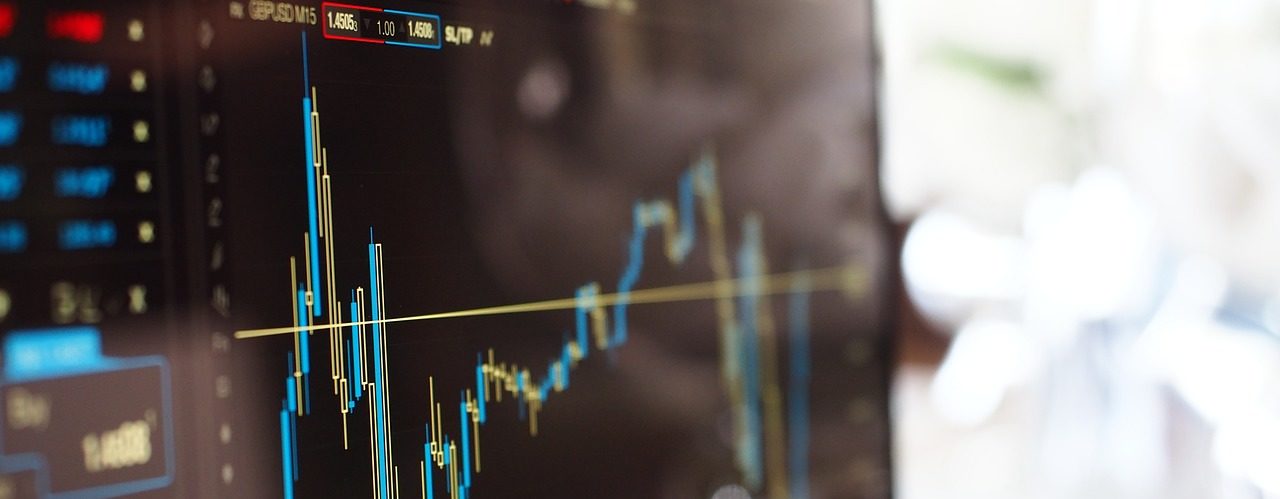MARKET INSIGHT – November 2024
MARKET INSIGHT
Prime Partners’ monthly analysis of global economic and financial market news.
The home stretch…or not
Here we are, just a short distance away from the finish line of 2024, as the sports commentator of a bike race or marathon might describe it. By the next issue of this newsletter, the market will have incorporated the outcome of the US election and will have a good view of the quality of the third-quarter earnings season. Prices will also include plenty of new macroeconomic data, enabling investors to assess the extent of the US slowdown and, consequently, the FED’s future attitude.
It is still too soon to judge this year but, despite a particularly busy November, we can say at this stage that the equity markets have already given us a lot in 2024. Experience shows that the onset of a more uncertain period – one that does not take traders by surprise – is generally not an environment conducive to major portfolio reshufflings. To put it another way, the US election should not destabilize the markets too much, whatever the verdict. Volatility and sector rotation do not necessarily mean consolidation
Have you ever wondered about the role of the co-pilot in a car rally? At first glance, it may seem a thankless task compared to the talents of the car’s driver, capable of mastering the art of steering and braking when the road gets twisty, all in record time. On closer inspection, however, it is the co-pilot who leads the way, instructing the driver with precise information on what to prepare for around the next bend.
On the eve of finding out whether Donald Trump or Kamala Harris will run the world’s leading power for the next four years, investors, like rally drivers, should not be taken by surprise by an unexpected turn. The two candidates, their respective programs and their differences have been known for many weeks, and the market has had time to adjust. There are hardly more surprises to come regarding the trajectory of interest rates, both in the United States and in Europe. They will fall, and although the terminal rate and the speed at which it will be reached will continue to fuel debate, market participants have realized that this is no longer the main question.
The risk of a poorly negotiated bend in the road, and therefore the possibility of equity markets skidding off course, could come from a sudden realization of the discrepancy between current valuation levels and the real economic outlook
The risk of a poorly negotiated bend in the road, and therefore the possibility of equity markets skidding off course, could come from a sudden realization of the discrepancy between current valuation levels and the real economic outlook. In other words, the danger would come from a sudden and unexpected deterioration in US economic indicators and/or disappointing corporate results, revealing that investors have been “dreaming too big” regarding, for example, the hard cash payoffs from artificial intelligence.
This scenario is not necessarily the one we favor, at least not for the time being. Data on the US economy remains generally good in most recent publications. Above all, employment continues to be resilient in the US, and it is this variable that will determine the extent to which consumers will keep powering the American growth engine.
As for artificial intelligence, the Q3 results already announced by semiconductor companies such as LAM Research and TSMC leave little room for immediate concern. Nvidia CEO Jensen Huang’s recent enthusiastic statements on sales of its Blackwell chips – the company’s most cutting-edge technology – tell a similar tale. The only cloud on the horizon for the sector is a political one, with the likely introduction of restrictions on sales to China of the most advanced products. This prospect could dampen the industry’s outlook even more if Trump returns to the White House in 2025.
On the Old Continent, there has been little news over the past month. The Barnier government has launched a series of major moves to give France a bit of breathing room and avoid further pressure from the financial markets due to its worsening public deficit. It remains to be seen to what extent the announced initiatives will be implemented, and how long the government will last in its current form.
Still in Europe, the sluggishness of the automotive sector is by no means a trivial phenomenon, especially for the German economy. But there is no need for excessive pessimism. SAP’s recent results demonstrate, for example, that technological success can also be European. On another note, the recent fall in oil prices will give the ECB a freer hand in its monetary policy. Imported inflation will mechanically be lower.
The Chinese market, which briefly brought back the thrill of the pre-Covid years for many investors, has clearly stalled. Here again, there is no need to be overly gloomy, just realistic. After loudly applauding the package of economic support measures announced in September, traders came to their senses. The ills of the Chinese economy run deep, and the policy announcements will have to be followed by renewed stimulus over time, and a thorough clean-up of the balance sheets of certain banks, as well as the country’s provinces. In our view, there is still a long way to go before foreign investors regain confidence.
As described in the introduction to this monthly review, we believe it would be inappropriate to make any major changes to our current allocations. These are well suited to withstand potential sector rotations induced by the upcoming result of the US election. The recent slight reduction in our equity exposure puts us in a position that allows our clients to sleep soundly, even if the markets give back some of their gains over the next few weeks.
Conversely, if 2024 ends with a flourish, there is no doubt that our portfolios will capture investors’ enthusiasm and the surge in prices of risk assets. Our diversified exposure to global equities, as well as to the technology sector, offers a good chance of participating in a potential year-end stock market rally.
Beyond equities, it is the composition of our multi-assets allocations that has been our strength so far in 2024. For almost eighteen months now, we have been convinced that the robustness of our portfolios should take precedence over pure risk-taking and overly aggressive bets.
For almost eighteen months now, we have been convinced that the robustness of our portfolios should take precedence over pure risk-taking and overly aggressive bets
As fans of team sports know, the best individual players do not always make the best team. This quest for complementarity in the structure of our allocations continues to prevail.
This is particularly true of our fixed-income exposure, where the sharp rise in yields on 10-year US Treasury bonds could have undermined a strategy overly focused on long-duration issues. By contrast, our focus on instruments with both short (1-3 years) and longer (10+ years) maturities enabled us to mitigate the negative price effects of rising yields.
We continue to bolster our fixed-income holdings through the addition of two long/short funds, one focusing on global government bonds and the other on European high-yield credit. In October, these two investment vehicles performed close to equilibrium, or even better, while the global diversified bond index fell by over 3% for the month at the time of writing.
A final word on gold, whose rally has again benefited our portfolios. The price of the yellow metal is a significant contributor to this year’s performance, but it also reminds us of the more uncertain aspects of the current situation on the financial markets. In particular, the problem of rising government debt and the cost of servicing it. This was certainly not a topic addressed often by the two White House candidates during their respective campaigns. Worse still, it seems highly unlikely that any debt reduction will be contemplated in the years to come. So, we shall remain vigilant to avoid falling victim to the “elephant in the room” syndrome.
“When prudence is everywhere, courage is nowhere” declared Cardinal Mercier during the First World War in 1914. This aphorism by the Belgian clergyman has not aged a day, more than a hundred years later, and illustrates the way in which we have sought to steer our allocations this year. When it comes to investing, reason must not stand in the way of courage.

